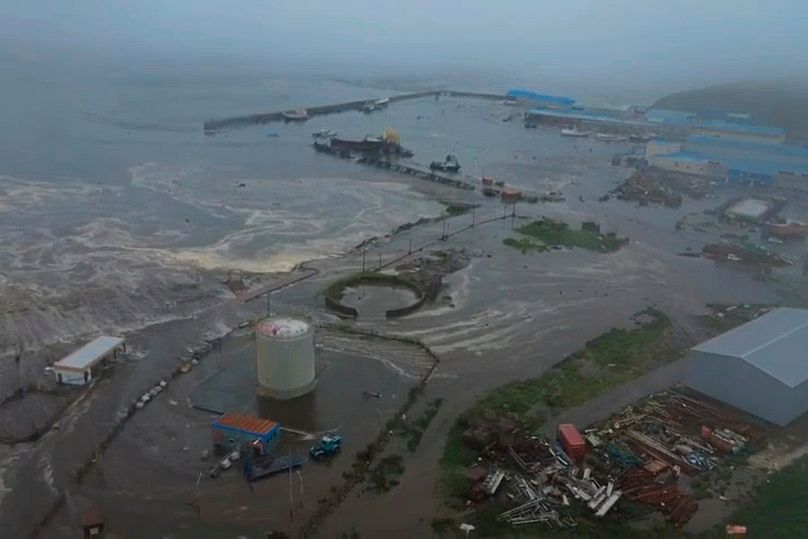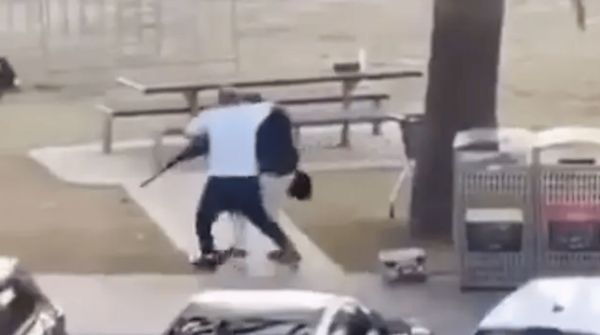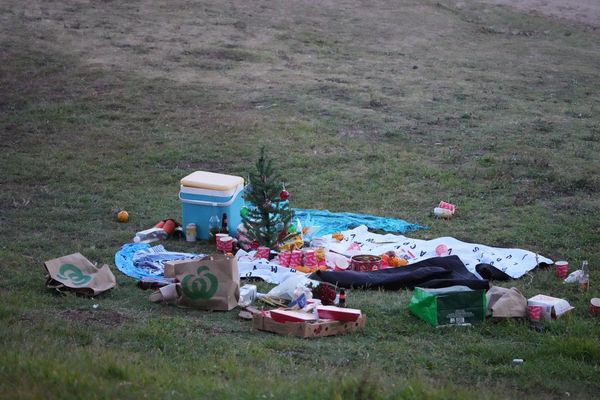One of the strongest earthquakes on record struck Russia's Far East early Wednesday, causing tsunami waves in Japan and Alaska and warnings to be issued in Hawaii, North and Central America and Pacific islands.
Damage was reported and evacuations were issued in Russia's Kamchatka Peninsula, the quake’s epicentre. A tsunami of up to 4 metres was reported in parts of the region, the regional minister for emergency situation Sergei Lebedev said.
The quake caused damage to buildings and cars swayed in the streets in Petropavlovsk-Kamchatsky, which also had power outages and mobile phone service failures. Russian news agencies quoting the regional Health Ministry said several people sought medical help in Kamchatka after the earthquake, but no serious injuries were reported.
People were advised to move to higher ground around much of the Pacific coast. They were warned that the potential danger posed by a tsunami could last over a day. Most places where tsunami waves have already hit have reported no significant damage so far.
The quake had a preliminary magnitude of 8.0, according to US and Japanese seismologists. However, the US Geological Survey later updated its measurement to 8.8 magnitude and said it occurred at a depth of 20.7km.
Tsunami felt across the Pacific
The Pacific Tsunami Warning Centre warned that waves of 1 to 3 metres above the tidal level may occur in some coastal areas of Hawaii, Chile, Japan and the Solomon Islands.
In some coastal areas of Russia and Ecuador, waves of more than 3 metres may occur.
The Japan Meteorological Agency issued a tsunami warning for the Pacific coast of Japan and stated that waves of up to 3 metres could reach the coast of northern Japan.
"Urgent action must be taken to ensure the safety of life and property," the warning said. It was stated that the first waves were expected around 7 pm local time on Tuesday.
The Alaska-based National Tsunami Warning Centre issued a tsunami warning for parts of the Aleutian Islands of Alaska, while parts of the West Coast, including California, Oregon, Washington and Hawaii, were also under caution.

Tsunami warning coordinator Dave Snider with the National Tsunami Warning Centre in Alaska said the impact of the tsunami could last for hours or perhaps more than a day.
“A tsunami is not just one wave,” he said. “It’s a series of powerful waves over a long period of time. Tsunamis cross the ocean at hundreds of miles an hour - as fast as a jet airplane - in deep water. But when they get close to the shore, they slow down and start to pile up. And that’s where that inundation problem becomes a little bit more possible there.”
“In this case, because of the Earth basically sending out these huge ripples of water across the ocean, they’re going to be moving back and forth for quite a while,” which is why some communities may feel effects longer, he said.
Among the world's strongest recorded quakes
Wednesday's earthquake is one of the world's strongest since a 2011 9.0 magnitude earthquake off the coast of Japan sent a massive tsunami which set off meltdowns at a nuclear power plant.
Only a few stronger earthquakes have ever been measures around the world.
Japanese nuclear power plants have reported no abnormalities following the earthquake off of Russia. Fukushima Daiichi nuclear power plant said around 4,000 workers were taking shelter on higher ground at the plant complex while monitoring remotely to ensure safety.
It was the strongest earthquake to hit the Kamchatka Peninsula since 1952, when a 9.0 quake caused damage but no reported deaths despite setting off 9.1 metre waves in Hawaii.
In early July, five strong earthquakes occurred near Kamchatka, the strongest had a 7.4-magnitude. The largest earthquake was 20 kilometres deep and occurred 144 kilometres east of the city of Petropavlovsk-Kamchatsky, which has a population of 180,000.







